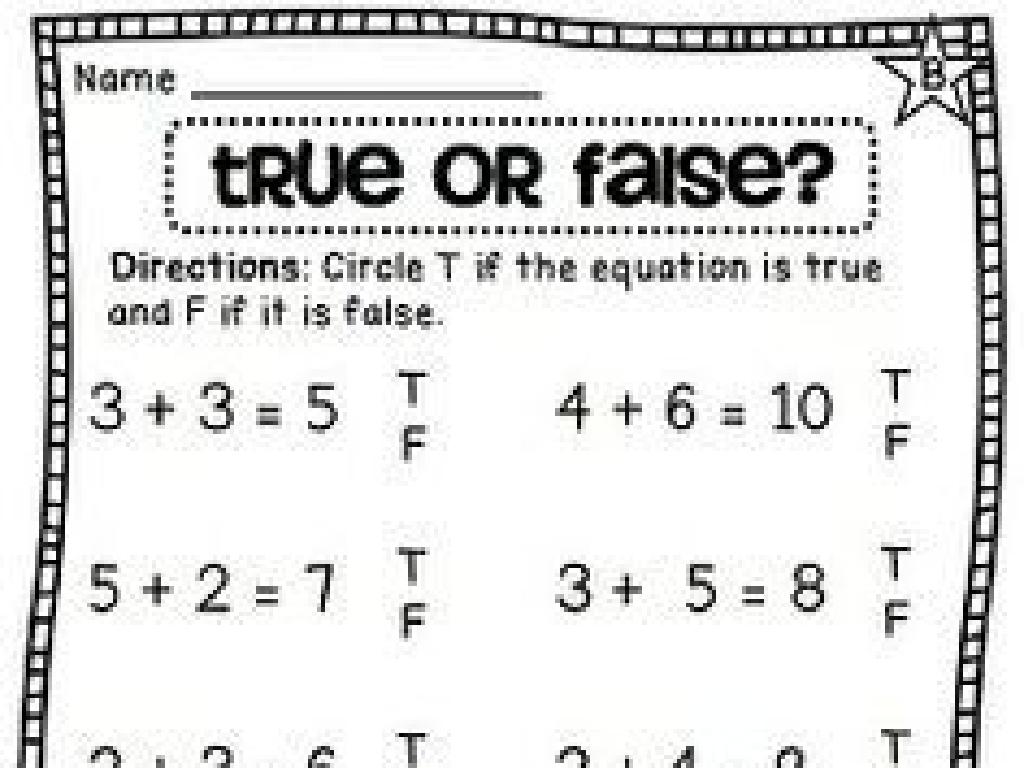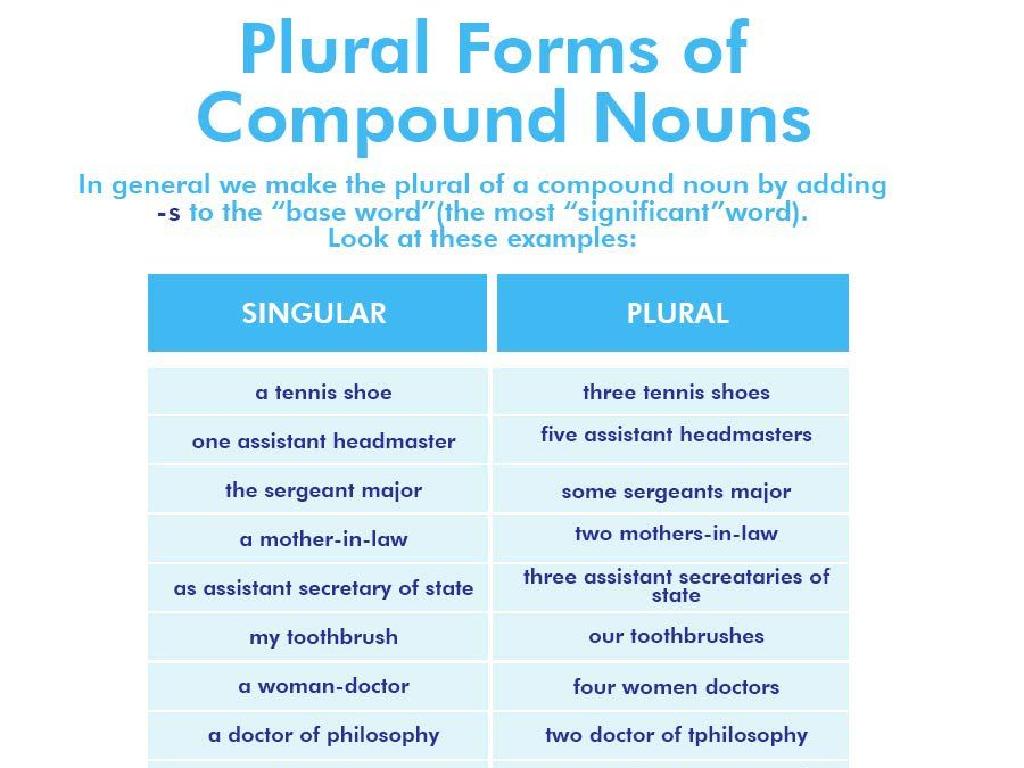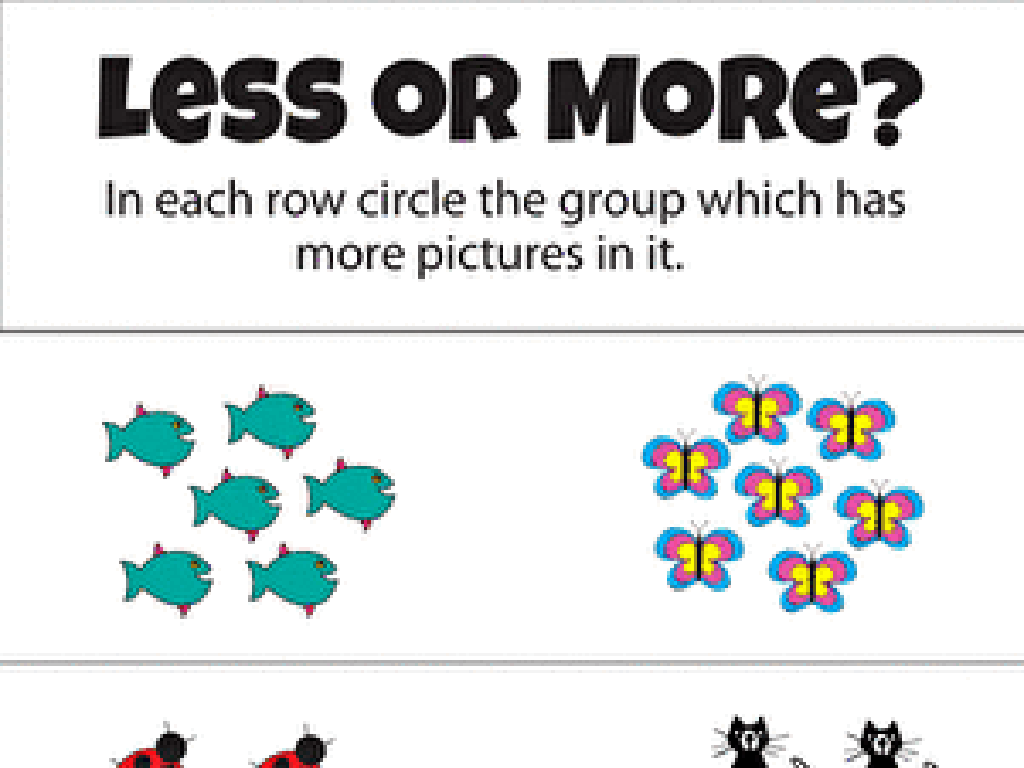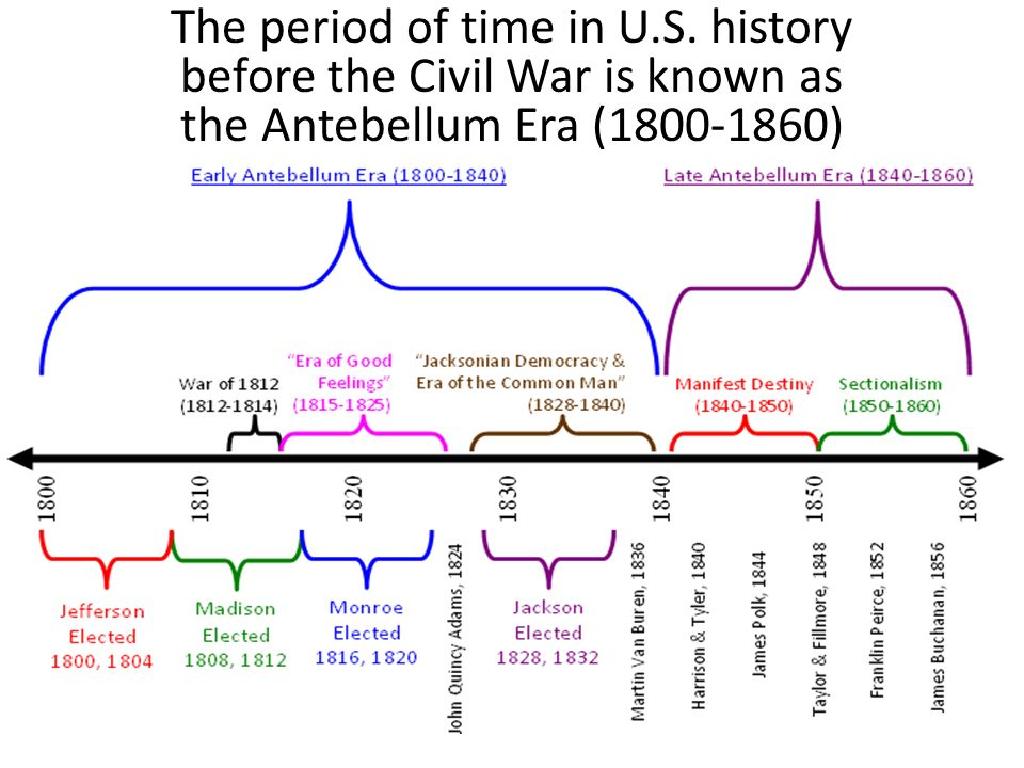Label Earth Layers
Subject: Science
Grade: Sixth grade
Topic: Earth'S Features
Please LOG IN to download the presentation. Access is available to registered users only.
View More Content
Exploring Earth’s Layers
– Earth’s structural composition
– The four main layers
– Crust, Mantle, Outer Core, Inner Core
– Significance of studying Earth’s layers
– Helps us understand earthquakes, volcanoes, and more
– Earth’s layers and geology
– Geology tells us about Earth’s past and resources
|
This slide introduces students to the concept of Earth’s layers, which is fundamental to understanding the structure and composition of our planet. Start by explaining that Earth is made up of several layers, each with unique characteristics. The four main layers are the crust, mantle, outer core, and inner core. Emphasize the importance of studying these layers to gain insights into geological phenomena such as earthquakes, volcanic activity, and the movement of tectonic plates. Additionally, understanding Earth’s layers is crucial for exploring its geological history and the natural resources it provides. Encourage students to think about how the different layers might affect life on the surface and to come prepared with questions for the next class.
Exploring Earth’s Layers
– Earth’s layer structure
– Crust, Mantle, Outer Core, Inner Core
– Each layer’s characteristics
– Crust: solid, thin; Mantle: thick, semi-solid; Core: liquid outer, solid inner
– Composition of layers
– Crust: silica, alumina; Mantle: silicate rocks; Core: iron, nickel
– Significance of layers
|
This slide provides an overview of the Earth’s structural composition, divided into four main layers. Starting with the crust, the Earth’s outermost layer, which is solid and relatively thin, students should understand that it’s where we live and is composed mostly of silica and alumina. The mantle beneath is much thicker and consists of semi-solid silicate rocks that move very slowly. The core is split into two parts: the outer core, which is liquid and creates Earth’s magnetic field, and the inner core, which is solid despite the extreme heat due to immense pressure. Emphasize the importance of each layer and how they contribute to the Earth’s overall function, such as tectonic activity from the mantle or the magnetic field from the outer core. Encourage students to think about how these layers interact with each other and the surface.
Exploring Earth’s Layers: The Crust
– Earth’s outermost layer
– The crust is the thin, outermost layer we live on.
– Oceanic vs. Continental crust
– Oceanic crust is thinner and denser, while Continental crust is thicker but less dense.
– Crust’s role in Earth’s structure
– The crust supports ecosystems and human structures.
– Characteristics of the crust
|
This slide introduces students to the Earth’s crust, the outermost layer of our planet. It’s important to explain that the crust is where we live and is composed of different types of rocks and minerals. There are two types of crust: oceanic, which underlies our oceans and is made of dense rocks like basalt, and continental, which makes up the continents and consists of less dense rocks like granite. The crust plays a crucial role in supporting life, as it is the foundation for ecosystems and human-made structures. Discuss the characteristics of the crust, such as its thickness (which varies from about 5 km under the oceans to up to 70 km under mountain ranges) and its composition. Encourage students to think about how the crust affects their daily lives and the surface features we see around us.
Exploring the Earth’s Mantle
– The mantle: Earth’s thickest layer
– Composed of silicate rocks, it’s about 2,900 km thick.
– Convection currents within the mantle
– These currents drive the movement of tectonic plates.
– Mantle’s impact on Earth’s surface
– It causes phenomena like earthquakes and volcanic eruptions.
|
The mantle is a crucial layer of the Earth, lying between the crust and the core. It makes up about 84% of Earth’s volume and is composed primarily of silicate rocks rich in iron and magnesium. The mantle is not static; it exhibits plasticity, allowing for slow, convective movements. These convection currents are responsible for the tectonic activity on the Earth’s surface, including the movement of continents, earthquakes, and volcanic eruptions. Understanding the mantle’s dynamics is essential for comprehending the geological features and processes that shape our planet. Encourage students to think about how the movement of the mantle can lead to the creation of mountains and the occurrence of natural disasters.
Exploring Earth’s Core
– Earth’s Outer Core: A Liquid Layer
– Composed of molten iron and nickel, creating a liquid layer.
– Earth’s Inner Core: Solid and Dense
– Made up of solid iron and nickel, the hottest Earth layer.
– Core’s Role in Earth’s Magnetic Field
– Movement in the outer core generates Earth’s protective magnetic field.
|
This slide delves into the structure of Earth’s core, which is divided into two distinct layers: the outer core and the inner core. The outer core is a liquid layer made primarily of molten iron and nickel, which lies beneath the mantle and surrounds the inner core. The inner core is solid despite the extreme temperatures, due to the immense pressure at Earth’s center. It’s composed of iron and nickel as well. One of the most fascinating aspects of the core is its contribution to generating Earth’s magnetic field. The movement of the liquid outer core creates a dynamo effect, which is responsible for the magnetic field that shields the planet from solar winds and cosmic radiation. This magnetic field is crucial for life on Earth, as it prevents the atmosphere from being stripped away. Encourage students to think about how the core, although unseen, plays a vital role in our everyday lives.
Exploring Earth’s Layers
– Identify Earth’s layers
– Crust, Mantle, Outer Core, Inner Core
– Discuss layer properties
– Temperature, density, and composition vary by layer
– Visualize with a diagram
– Use a cross-section diagram to locate each layer
– Earth’s composition depth-wise
|
This slide aims to introduce students to the concept of Earth’s layers. Start by identifying the four main layers: the crust, mantle, outer core, and inner core. Discuss the unique properties of each layer, such as the crust being solid and thin, the mantle being thick and semi-solid, the outer core being liquid and creating Earth’s magnetic field, and the inner core being solid and extremely hot. Use a diagram to help students visualize the layers and understand the concept of depth in relation to Earth’s composition. Encourage students to think about how these layers interact and affect geological phenomena like earthquakes and volcanic eruptions.
Earth’s Layers in Action
– Earth’s layers influence geology
– Examples: Volcanoes, Earthquakes
– Magma from the mantle erupts to form volcanoes, tectonic plates shift to cause earthquakes
– Mountain formation process
– Tectonic forces push up the crust to create mountains
– Real-life impact of internal processes
– These processes shape our landscape and can lead to natural disasters
|
This slide aims to explain how the different layers of the Earth contribute to various geological phenomena. Students should understand that the movement and interaction of these layers can lead to the formation of volcanoes, earthquakes, and mountains. Emphasize the mantle’s role in volcanism, the movement of tectonic plates in earthquakes, and the uplifting of the Earth’s crust in mountain formation. Discuss the real-life implications, such as the impact on human settlements, environmental changes, and the importance of geological studies in predicting and mitigating natural disasters. Encourage students to think about how these processes have shaped the geography of their local area or other parts of the world.
Class Activity: Crafting Earth’s Layers
– Create a playdough Earth model
– Use different colors for crust, mantle, outer core, inner core
– Color-code and label each layer
– Ensure each layer is correctly labeled with its name
– Present your model to the class
– Explain your model’s layers and their significance
|
This hands-on activity is designed to help students visualize and understand the structure of Earth’s layers. Provide different colored playdough or clay for students to form the layers of the Earth, starting with the inner core, outer core, mantle, and crust. Encourage creativity but also accuracy in their models. Once completed, students will label each layer and prepare a brief explanation of each one to present to the class. This will reinforce their understanding and help with public speaking skills. Possible variations of the activity could include using different materials for each layer to represent density or texture, such as using sand for the crust or beads for the core.
Quiz Time: Layers of the Earth
– Identify Earth’s layers on a worksheet
– Explain one fact about each layer
– Crust: Earth’s outermost layer; where we live
– Use your notes to help you
– Mantle: The thickest layer; made of hot, semi-solid rock
– Show what you’ve learned about Earth
– Outer Core: Liquid layer; creates Earth’s magnetic field
|
This slide is for a quiz activity to assess students’ understanding of the Earth’s layers. Provide a worksheet with a diagram of the Earth’s layers for students to label. Ask them to write one fact about each layer, which they have learned in previous lessons. Encourage them to refer to their notes or textbook if needed. This activity will help reinforce their knowledge and allow you to gauge their comprehension. For the teacher: be prepared to discuss each layer in more detail after the quiz, correcting any misconceptions and providing additional facts to enhance students’ understanding.
Earth’s Layers: Summary & Significance
– Recap of Earth’s layers
– Earth is made up of the crust, mantle, outer core, and inner core.
– Significance of Earth’s structure
– Knowing Earth’s layers helps us understand phenomena like earthquakes and volcanic activity.
– Addressing unanswered questions
– Encouraging curiosity and further learning
– Keep exploring and asking questions about our planet!
|
This slide aims to consolidate the students’ knowledge of the Earth’s layers and emphasize the importance of this topic in understanding geological processes. Start by summarizing the characteristics of the crust, mantle, outer core, and inner core. Explain how each layer contributes to the dynamic nature of our planet, affecting everything from tectonic plate movement to the magnetic field. Address any questions that students may still have to ensure a clear understanding. Finally, encourage students to remain curious about Earth’s features and to continue learning about how our planet’s structure affects life on the surface.






